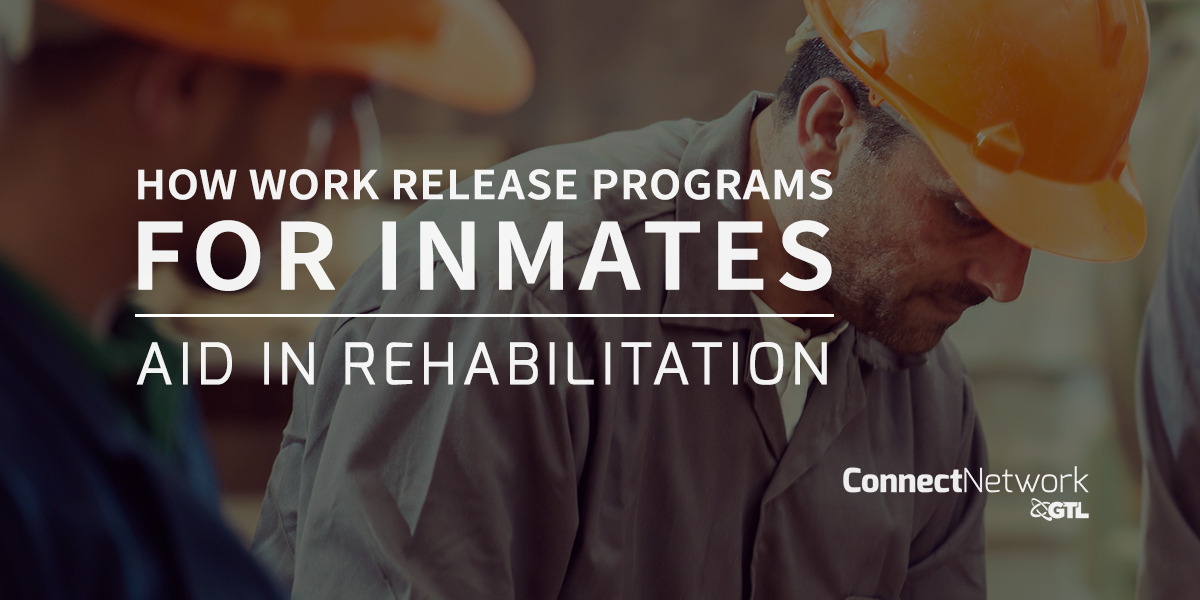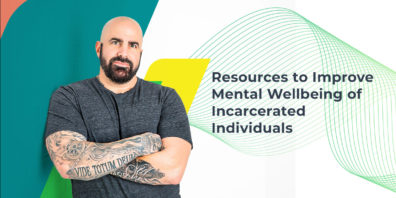How Work Release Programs For Inmates Aid in Rehabilitation
août 02, 2016
Work release programs for inmates can provide valuable rehabilitation and preparation for those nearing the end of a sentence.
The following is a case study on how Washington and Florida state programs have made a positive impact on the participants’ lives during and after prison.
Work release facilities work in conjunction with correctional facilities in each state. Process, guidelines and eligibility for these programs can vary.
These work release facilities offer a connection to the community that an inmate can experience while still incarcerated. Inmates involved in these programs work during the day and return to their facility at night.
By definition, work release programs for inmates are based around transition. The inmates who benefit from these programs are taught to find and keep employment.
Learning the skills necessary to locate employment, obtain a job, and keep it, is more complicated that it may seem on the surface. Inmates must learn skills to aid them in everything from getting to and from work, to managing their income.
Income is, in fact, a benefit of the work release program. Unlike prison work programs, inmates who are able to participate in work release leave the grounds of the facility and often earn a more significant income.
The Florida Department of Corrections states on their website, how an inmate’s’ income is allocated from a work release program:
- Subsistence is 55% at all work release facilities.
- 10% of net pay goes toward restitution or court ordered payments.
- 10% of net pay goes to family assistance, including child support
- 10% of net pay is mandatory for the inmate’s savings account.
- Up to $100 per week goes toward the inmate’s personal incidental, etc.
- The remaining goes into the inmate’s general account.
In addition to the clear financial benefit for both the inmate and the state, the program provides ongoing opportunities for the inmate to apply employment-related skills in their daily life.
Skills like respecting authority and taking direction are important when preparing to find and maintaining a job.
During the program, inmates inevitably prepare to be productive members of society. This positively impacts the inmate, his or her family, and the surrounding community to which they return.
Most importantly, inmates learn the value of sustaining their new habits once released. The facilities provide a safe place where positive habits can become ingrained in the inmate so that he or she re-enter society with the ability to move forward.
A resident with six months left to serve may be eligible to spend those last months in a work release facility if specific criteria are met. For example, a resident must have a record of good behavior. Additionally, there must be available bed space at a work release facility.
In their most recent report, the Washington Department of Corrections (WDOC) states that, “Residents who complete the work release program are more likely to be successful in maintaining employment, finding stable housing and pay legal financial obligations.”
Work release programs provide financial benefit to the state as well.
Because tax dollars are spent on the facilities, part of the income earned by the inmate in the program is returned to the state.
In 2015, according to the WDOC, “research conducted by the Washington State Institute for Public Policy indicates that work release programs have a positive impact…for every dollar spent, $3.82 is returned to the state.”
Inmate Eligibility For Work Release Programs
Because work release programs for inmates vary by state, this includes eligibility.
In Washington the following criteria is outlined:
- Inmates with six months left to serve may be eligible to finish their sentence in a work release facility.
- There must be availability within the facility to accommodate new inmates into the program.
In Florida, very specific criteria must be met, including:
- The inmate must be in the department custody for at least 60 days prior to placement
- The inmate must remain disciplinary report free for 60 days prior to placement
- The inmate must be classified as “community custody”
- Florida includes a specific series of sentence restrictions,in addition to the criteria above. Click here to see them in detail.
Expectations For Participants
Inmates who earn the privilege of participating in a work release program in Washington have a series of expectations to live up to.
Under close monitoring, the inmates must find and retain employment during the program.
Because of the freedom afforded to the inmates during work hours, they must willingly be tested for substance abuse frequently.
While still serving their sentence, inmates are allowed to leave the facility to fulfill their employment responsibilities. During that time the inmates may also be receiving therapy and/or treatment.
Work release programs for inmates may also offer classes and programs in addition to employment opportunities. Inmates enrolled in them are expected to fulfill their responsibilities there as well in order to remain eligible for the program.
In some cases, the inmates are allowed to leave the facility for pre-determined appointments and activities like visiting family, medical related visits, shopping and more.
To learn more about the work release programs for inmates, visit the state’s department of corrections website.
Is your loved one eligible for a work release program?
Consider encouraging them to learn more about the requirements for entering such a program next time you speak.
Has a work release program helped you or your loved one successfully re-enter society after serving their sentence? Share your story on our Facebook page.
Posted In: Blog



